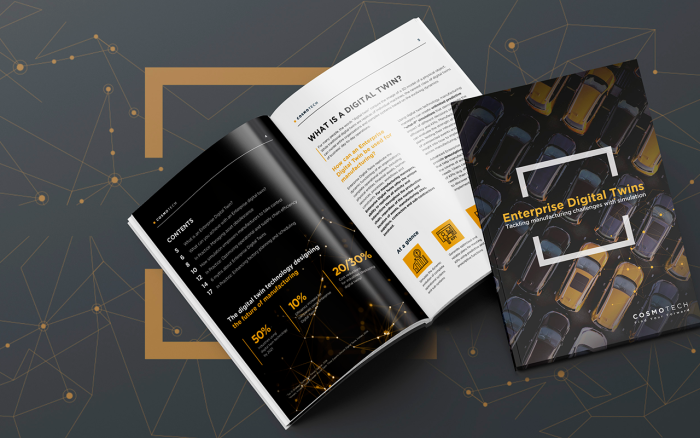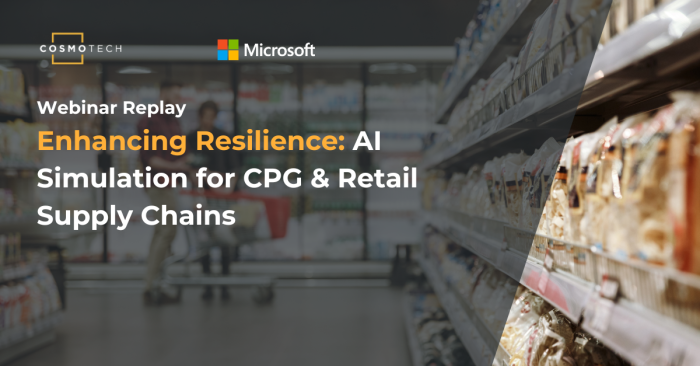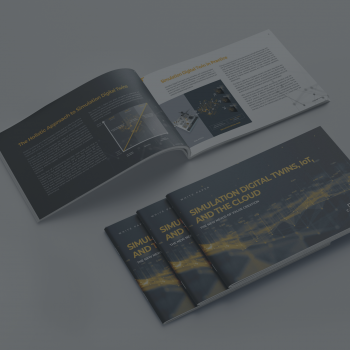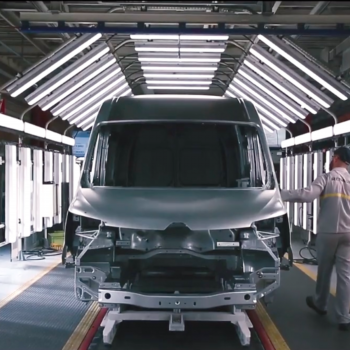AI in Manufacturing: Data and IoT, Machine Learning, and Simulation
AI has applications well beyond predicting car accidents, of course.
In the industrial world, innovative firms have long used AI in manufacturing to identify connections between different parts of a production line, to optimize workplace processes, and to understand demand sentiment to better plan the supply to meet it. The capacity to rapidly parse incredible amounts of data and to identify patterns in that data is beyond the ability of any human and, in complement to human decision makers, has been the source of significant advances in operational practice.
Yet there are limits to even the most developed AI and ML algorithms.
Both AI and ML approaches in manufacturing rely on huge pools of data in order to make predictions about the future based on trends, patterns, and correlations in that data. Increasingly, that data comes from IoT devices that track, measure, and report to businesses seeking a return on that data.
Yet these predictions always come with a significant asterisk: not only are they ultimately based on umbrella/car accident-like correlations, but they have no capacity to predict anything that cannot be found in the data.
Put another way, ML has real difficulties in predicting anything that has never happened before.
As well, AI and ML can offer forecasts about how the future of manufacturing might look, they can’t explain how to make optimal decisions in that future – and what matters is making the right choices.
Why?
Quite simply it is because databases that include enough of the good and bad decisions to enable an ML algorithm to learn what to do in a given context just don’t exist. To create one would be a major challenge, not least because it would require a huge number of risky decision experiments to create such a database.
And in a year like 2020 where the things that have never happened before are wreaking havoc on global industries and making the right decisions in a period of disruption is more important than ever, being left blindsided by your AI and ML systems is a recipe for pain, if not financial disaster.





![[Video] Traditional vs Resilient Supply Chain Planning: Which side are you on?](jpg/adobestock_101964830-350x350.jpg)

